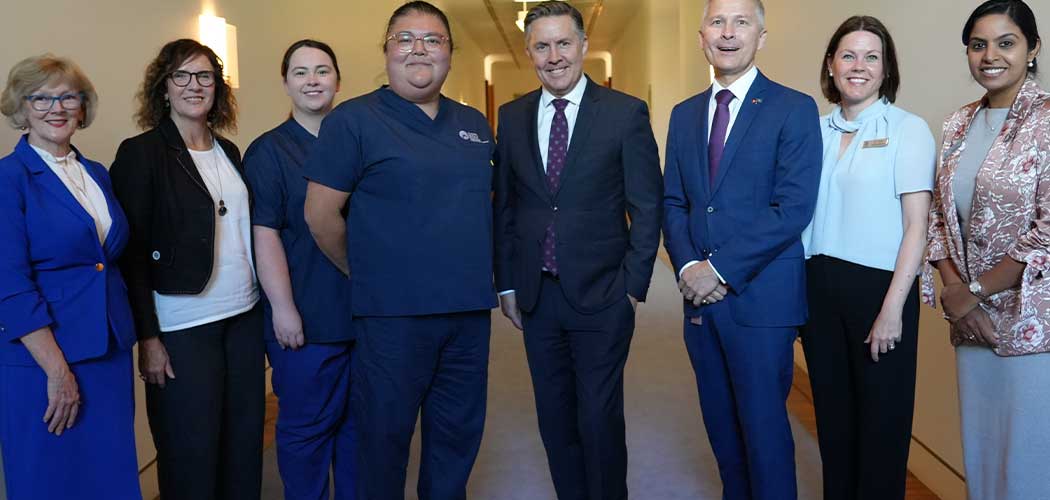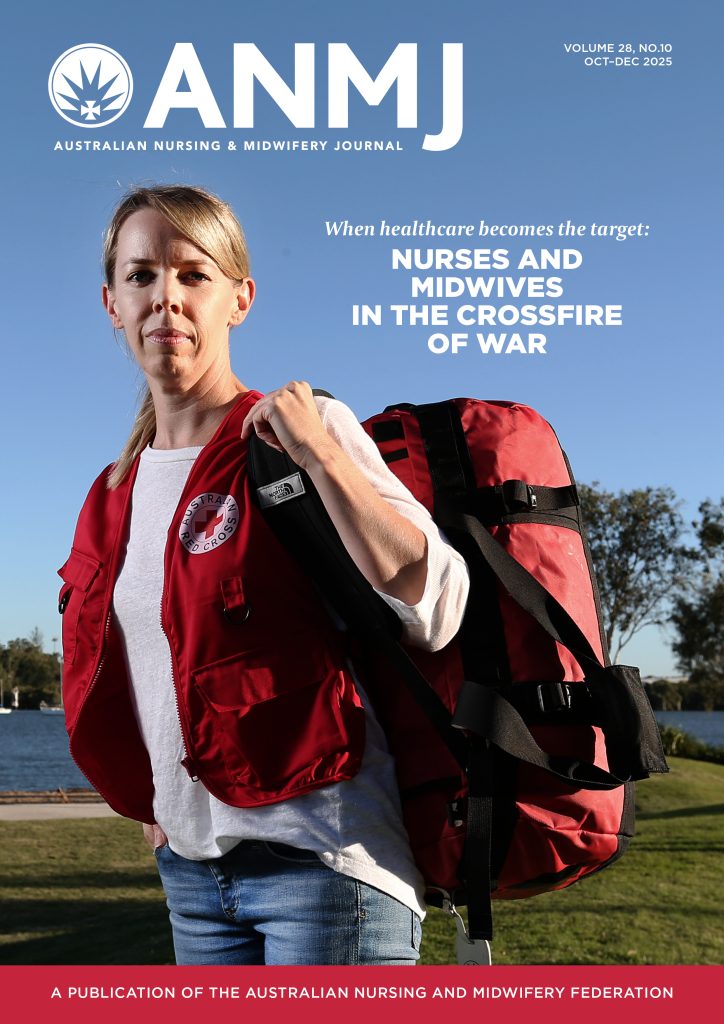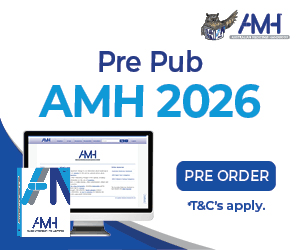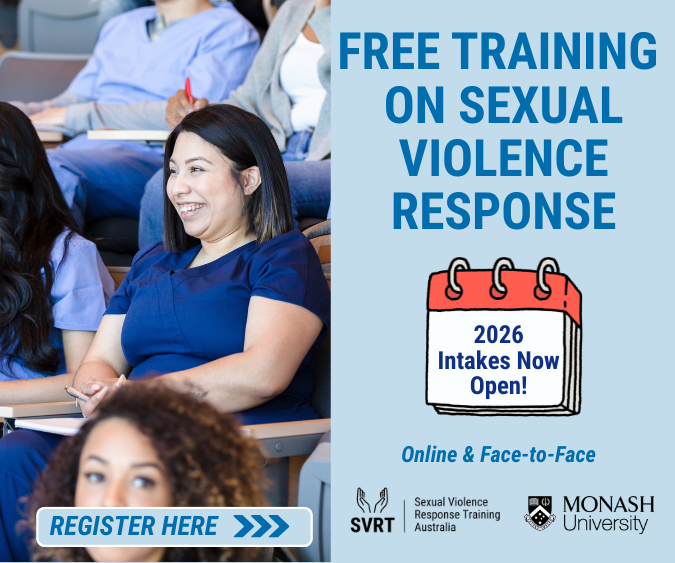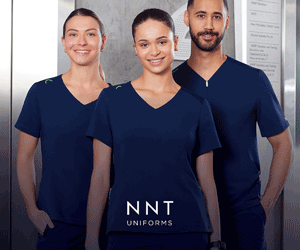The ANMF has welcomed the first ever Australian government advertising campaign to showcase the diverse and rewarding careers available in primary healthcare which launched today.
The new national campaign will be delivered via television, social media, digital video and ‘out-of-home’ ads like billboards around TAFEs, universities and hospitals. The campaign highlights promotes nursing, midwifery and remote nursing careers in primary healthcare.
Aimed to attract new university health students and recent graduates, the campaign is also pitched to inspire current healthcare professionals to consider pathways and career growth opportunities in primary healthcare.
The campaign would elevate primary healthcare and raise the profile of GPs, nurses, midwives, allied health professionals, and First Nations health practitioners, said Federal Health Minister Mark Butler. “This new campaign will highlight the rewards and joys of the many different professions in primary healthcare, one person and one case at a time.
Australian Nursing and Midwifery Federation Federal Secretary Annie Butler commended the federal government on its ongoing efforts to build Australia’s primary healthcare workforce. “Primary healthcare plays an integral role in preventing ill-health and promoting public health – that’s why it’s the best model of healthcare for the future. It’s also the most affordable and effective way of keeping people out of hospital.
“As nurses and midwives are the largest group of health practitioners working in primary healthcare, it’s critical that the government expands the role of nurses and midwives in primary healthcare.”
“We need to ensure that government funding supports building a better primary healthcare workforce – one that allows nurses and midwives to work to their full scope of practice and maximises their contribution to the health of our community.”
Australian College of Nursing CEO Adjunct Professor Kathryn Zeitz said the campaign shows just how varied nursing roles in the primary healthcare sector can be from working in the outback as a remote area nurse to caring for paediatric patients in the community to visiting people in their homes to manage wounds.
“Many nursing graduates head straight into the hospital system. It’s important to remind them that the career possibilities in the primary sector are just as exciting and expansive and offer nurses the ability to work independently and broaden their scope of practice. We hope that this campaign may also reinvigorate nurses who have left or are leaving the profession to stay and consider alternative rewarding career paths in primary healthcare.”
Australian Primary Health Care Nurses Association (APNA) Chief Executive Officer Ken Griffin welcomed the campaign as an important first step but warned more needed to be done to keep primary healthcare nurses in the system.
“This two month campaign will open the door for nurses, but we also need to make sure nurses aren’t walking right back out. We need a long-term, sustained effort to attract, train, and retain primary healthcare nurses where they are needed most. Raising awareness is step one. But if we’re serious about fixing workforce shortages, we will need sustained investment in career pathways, education, and workforce planning.”
APNA is calling for ongoing targeted initiatives to ensure primary healthcare nursing remains viable and attractive in the long-term.
Aboriginal and Torres Strait Islander primary healthcare workforce
A tailored campaign for First Nations people highlights how primary healthcare professionals make a real difference on the ground in communities.
For many Aboriginal and Torres Strait Islander people who want to pursue a career in primary healthcare, it was about following a pathway in which they may start as an Aboriginal Health Worker and then go on to studying nursing or medicine, said National Aboriginal Community Controlled Health Organisation (NACCHO) Deputy CEO Dr Dawn Casey.
“The First Nations Health Traineeships, funded by the Labor Government, show what happens when you get in behind Aboriginal communities to recruit much needed staff for their local ACCHOs. Already, we have over 300 trainees in place out of the 500 places available in the program. Many of these trainees will go on to become doctors and nurses.”
Find out more at www.health.gov.au/primaryhealthcarecareers ‘Join the team’ – 30 second advertisement
The campaign website also highlights the range of Australian Government programs and incentives available to support health practitioners.


